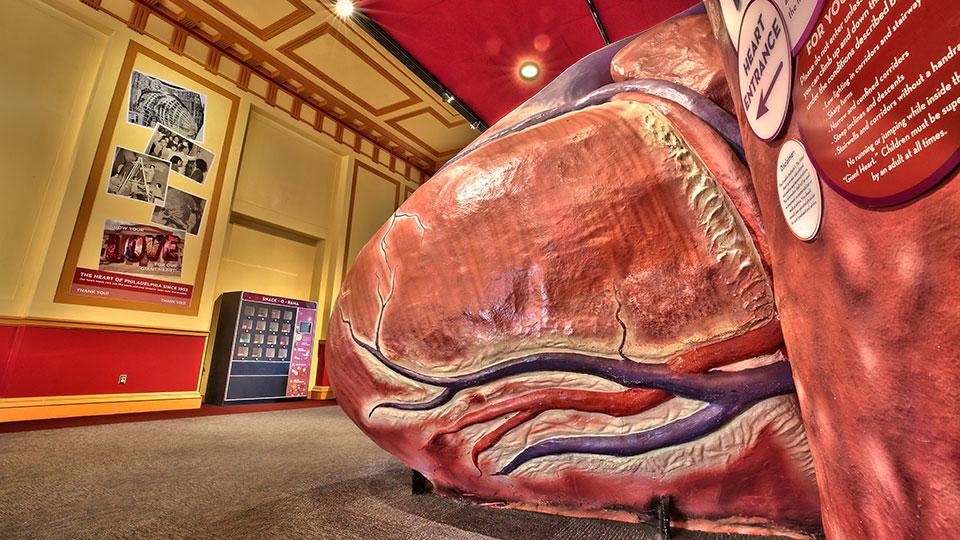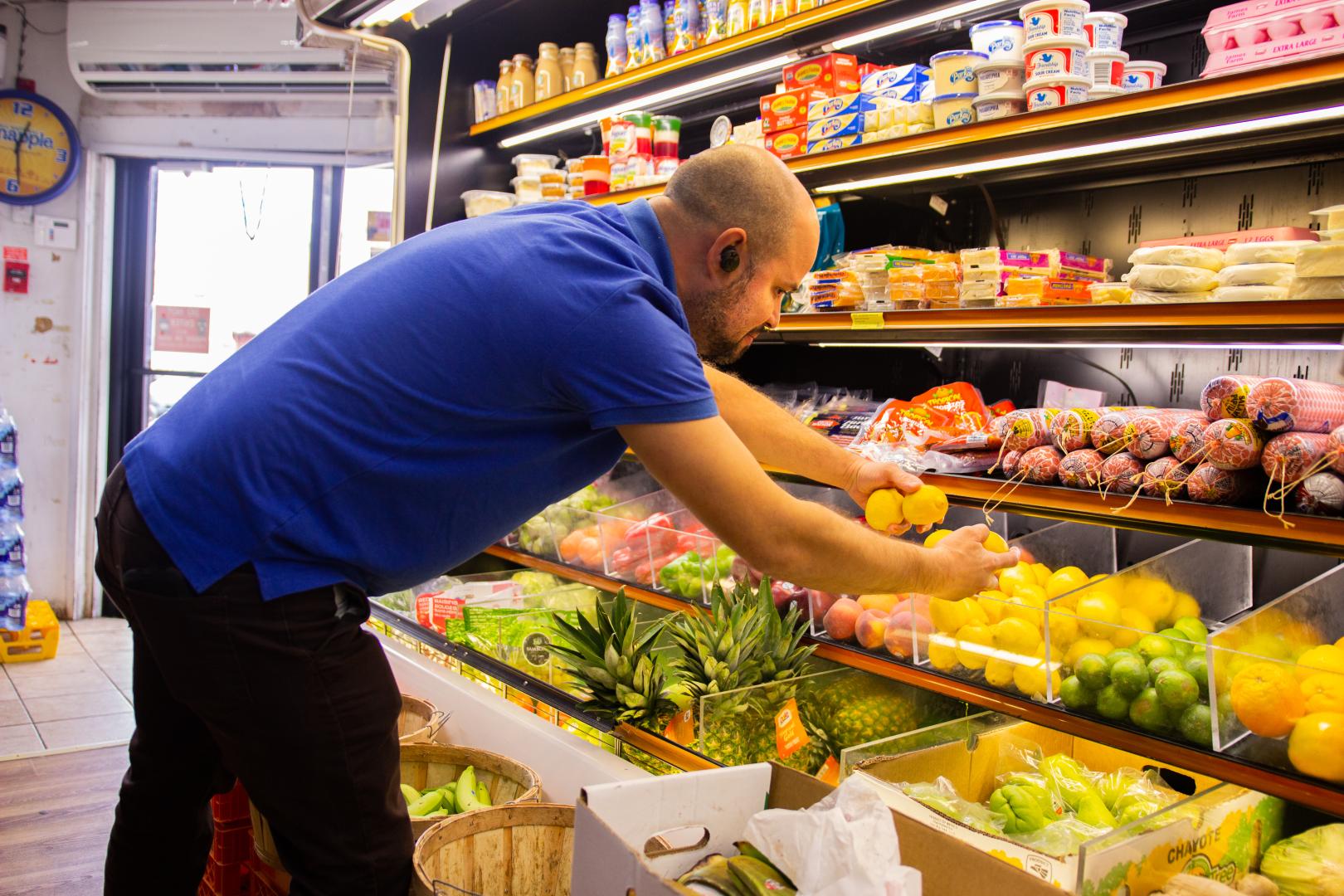
Date:
The Giant Heart exhibit will be temporarily closed from November 4 through 15, reopening on November 16. Keep reading to find out what’s in store!
While your heart can go nonstop without missing a beat, The Franklin Institute’s Giant Heart exhibit needs a little tuneup every once in a while. We’ve welcomed visitors day after day since the last major renovation in 2004 (when the Heart celebrated its 50th anniversary), so the exhibit will be undergoing some refurbishment over the next few months. But don’t panic—the Giant Heart isn’t going away! In the next few weeks, we’ll be adding some new experiences that bring fresh perspectives to our understanding of the heart, while a second phase of work in January will refresh the exhibit’s best-loved elements.
As the Institute’s Chief Bioscientist, I’d like to take you behind the scenes of one of the new additions. When it comes to health, the social and physical environments where we live, work, and play are as important as our family history or personal choices. A new floor installation of the world’s largest map of Philadelphia, acquired from the former Philadelphia History Museum at the Atwater Kent, will give our visitors a fascinating opportunity to explore our city in street-level detail and consider how our neighborhoods affect our health.
I’ve been working with partners around the city to find stories that help us make sense of what researchers call social determinants of health. We dug into data from a new report published by Drexel University’s Urban Health Collaborative and the Philadelphia Department of Public Health to look at three factors related to heart health: locations of supermarkets that provide access to healthy foods, walkability of a neighborhood, and number of adults who smoke. The difference between neighborhoods is dramatic—where you live can make it harder to be healthy. Want to check out your own neighborhood? You can compare Philadelphia data here, or look at similar data from any county in the United States.

The encouraging news is that many Philadelphians are working hard to change this picture. In the exhibit, you’ll meet Amado Abreu, who’s working with The Food Trust’s Healthy Corner Store Initiative to bring heart-healthy foods and nutritional education programs to his Oxford Circle deli. The Philadelphia Redevelopment Authority’s Karanja Slaughter gives you a preview of how the city’s Trails Committee is working with Eastwick residents to connect the area to open space through new sidewalks and bike paths. And Sueihn Lee, a behavioral health consultant at Esperanza Health Center in Hunting Park, shares how helping someone quit smoking means empowering them to tackle all the challenges they face every day. As one of Sueihn’s patients told me, “She guides me, in a sense, where I’m finding my own way to my answers, my reality, to work it out.”
We hope that this new experience will help connect a classic Franklin Institute icon to the community that we live in. Although there may not be quick fixes for public health, we aim to inspire conversations and critical thinking—it’s easier to think about the big picture when it’s literally under your feet!


